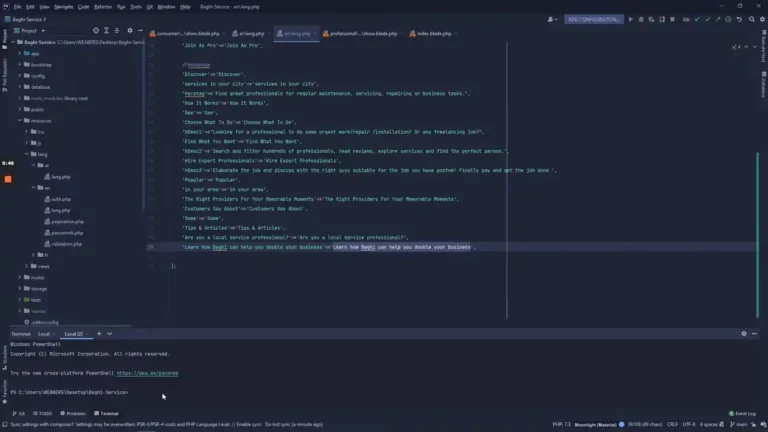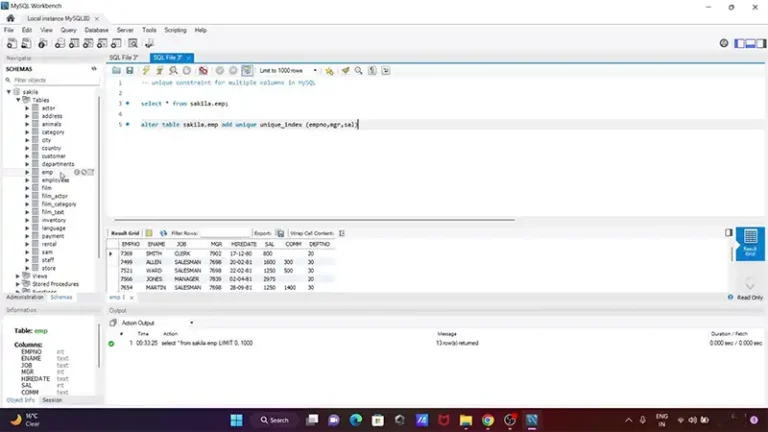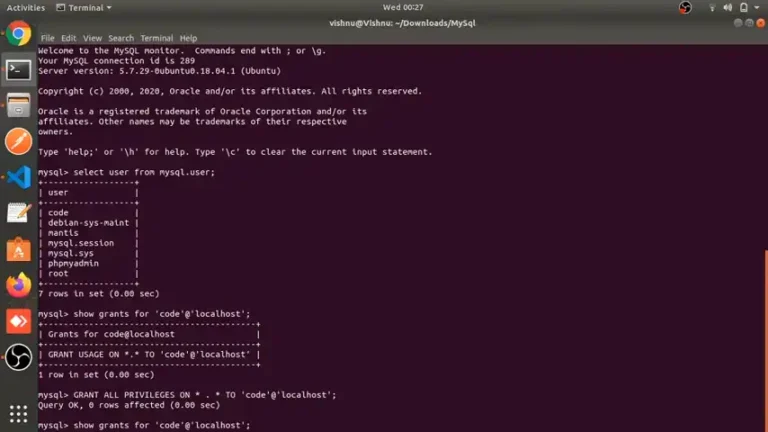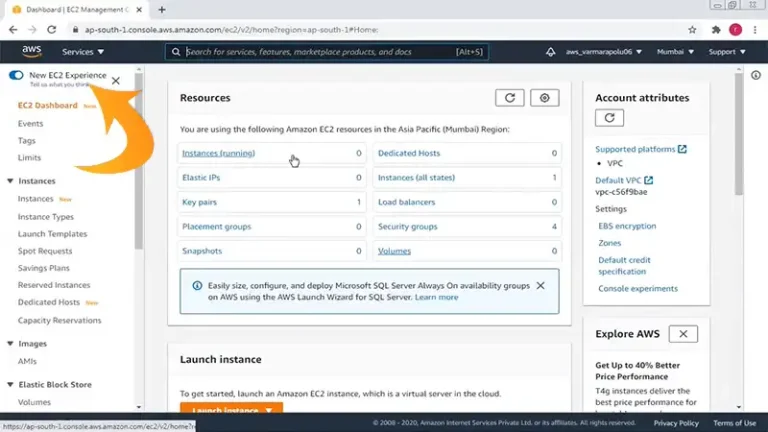SQL Check if String Contains Letters | A Comprehensive Guide
Strings in SQL database can be a mix of Numbers, symbols, and maybe even hidden letters. CHARINDEX(), PATINDEX(), and LIKE operators are used to uncover alphabetic characters within strings.
This article will provide a comprehensive guide on different methods to check if a string contains letters in SQL Server.
Why and How to Check for Letters in Strings?
Verifying strings for alphanumeric content is a common data validation task. For example, you may want to test:
- If a name or address field only contains valid characters
- If a product code matches the expected letter and number formats
- If an input string has any alphabetic data before further processing
Built-in SQL Server capabilities like functions and operators simplify letter detection without needing complex programming. Let’s explore some techniques.
Using CHARINDEX() to Find Letters
The CHARINDEX() function searches a string for another substring and returns the starting position. To find letters:
- Pass the string to search as the first parameter
- Use a letter range like ‘[A-Za-z]’ as the second parameter
If found, it returns the first letter’s position. Otherwise, it returns 0.
For example:
DECLARE @string VARCHAR(100) = ‘Test123String’
SELECT CHARINDEX(‘[A-Za-z]’, @string)
Returns: 5
Using PATINDEX() to Find Letters
Similarly, PATINDEX() finds a pattern inside a string. The syntax differs slightly from CHARINDEX():
- Pass a letter range like ‘[A-Za-z]’ as the first parameter
- Pass the string to search as the second parameter
For example:
DECLARE @string VARCHAR(100) = ‘Test123String’
SELECT PATINDEX(‘%[A-Za-z]%’, @string)
Returns: 5
Using LIKE Operator to Match Letter Patterns
The LIKE operator supports wildcard pattern matching. You can check for letters by comparing to a %[A-Za-z]% pattern:
DECLARE @string VARCHAR(100) = ‘Test123String’
SELECT CASE
WHEN @string LIKE ‘%[A-Za-z]%’ THEN ‘Contains letters’
ELSE ‘Does not contain letters’
END
This returns ‘Contains letters’ if any letters are found, otherwise ‘Does not contain letters’.
Using Regular Expressions to Match Letters
SQL Server also includes regular expression capabilities. The REGEXP operator can match letter patterns:
DECLARE @string VARCHAR(100) = ‘Test123String’
SELECT
CASE
WHEN @string REGEXP ‘[A-Za-z]’ THEN ‘Contains letters’
ELSE ‘Does not contain letters’
END
This achieves the same match-for-letters test by using a [A-Za-z] regular expression.
Counting Total Letters with T-SQL Programming
We can also count the total number of alphabetic characters with some T-SQL code:
DECLARE @string VARCHAR(100) = ‘Test123String’
DECLARE @letterCount INT
SET @letterCount = 0
WHILE(PATINDEX(‘%[a-zA-Z]%’, @string) > 0)
BEGIN
SET @letterCount += 1
SET @string = STUFF(@string, PATINDEX(‘%[a-zA-Z]%’,@string), 1, ”)
END
SELECT @letterCount
This iterates through the string finding letters, increasing a counter, and removing each found letter, until no more letters exist.
Steps to Check for Letters in SSIS Packages
For ETL processes with SQL Server Integration Services (SSIS):
- Add Data Flow Task
- Get string column using Source Component
- Connect to Lookup Component
- Reference table listing valid letter characters
- Redirect row on no match to error output
This flows letter data while handling invalid records.
Using DQS in Master Data Services to Cleanse Letter Data
On data warehouse projects, leverage Master Data Services (MDS) data quality capabilities:
- Set up StringExpression Domain Rule
- Detect valid versus invalid letter patterns
- Enable interactive cleansing interface
- Correct invalid values
Then persist valid, clean letters into a Master Data Services entity.
Detecting Letters in Stored Procedures
Encapsulate letter checks in reusable stored procedures:
- ACCEPT @inputValue parameter
- Use LIKE or PATINDEX() to validate
- RETURN 0 for no letters or 1 for letters found
- Call from application code or scripts
This separates concerns for efficient reuse.
Optimizing the Performance of Letter Searches
When working with very large datasets, scanning every row for letter patterns can get expensive. Some optimization tips include:
- Use Non-Clustered Columnstore Indexes
- Minimize Functions in WHERE Clauses
- Filter Out Rows Early with Persisted Computed Columns
For example, persist a HasLetters BIT column to eliminate unnecessary row scanning.
Importance of Testing Inputs for Valid Characters
Verifying user inputs and data imports contain permitted letter and character types protects database integrity. This validation prevents unintended effects from injection attacks, coding errors, and downstream issues in other layers consuming letter-only data.
FAQs – Frequently Asked Questions and Answers
1. Is letter search better with CHARINDEX vs LIKE?
Answer: For simple use cases, CHARINDEX and LIKE have similar performance. More complex patterns or very large datasets may achieve better optimization with LIKE down the road. Evaluate based on the specific data model.
2. How to search case-insensitive letters?
Answer: Specify both uppercase and lowercase letters in a range like ‘[a-zA-Z]’ or use COLLATE to convert strings for case-insensitive comparisons.
3. How to search for multiple letter sets like finding both A-M and N-Z?
Answer: Yes, use a regex pattern like ‘[A-M]+|[N-Z]+’ to match one or more occurrences of either set. Adjust pattern as needed for precise logic required.
To Conclude
Mastering string manipulation provides a critical tool for unlocking the value hiding within textual data. Follow the techniques explored in this guide – leveraging functions like CHARINDEX() and PATINDEX() together with comparison operators and regex patterns – to efficiently detect and extract letters from SQL strings.






